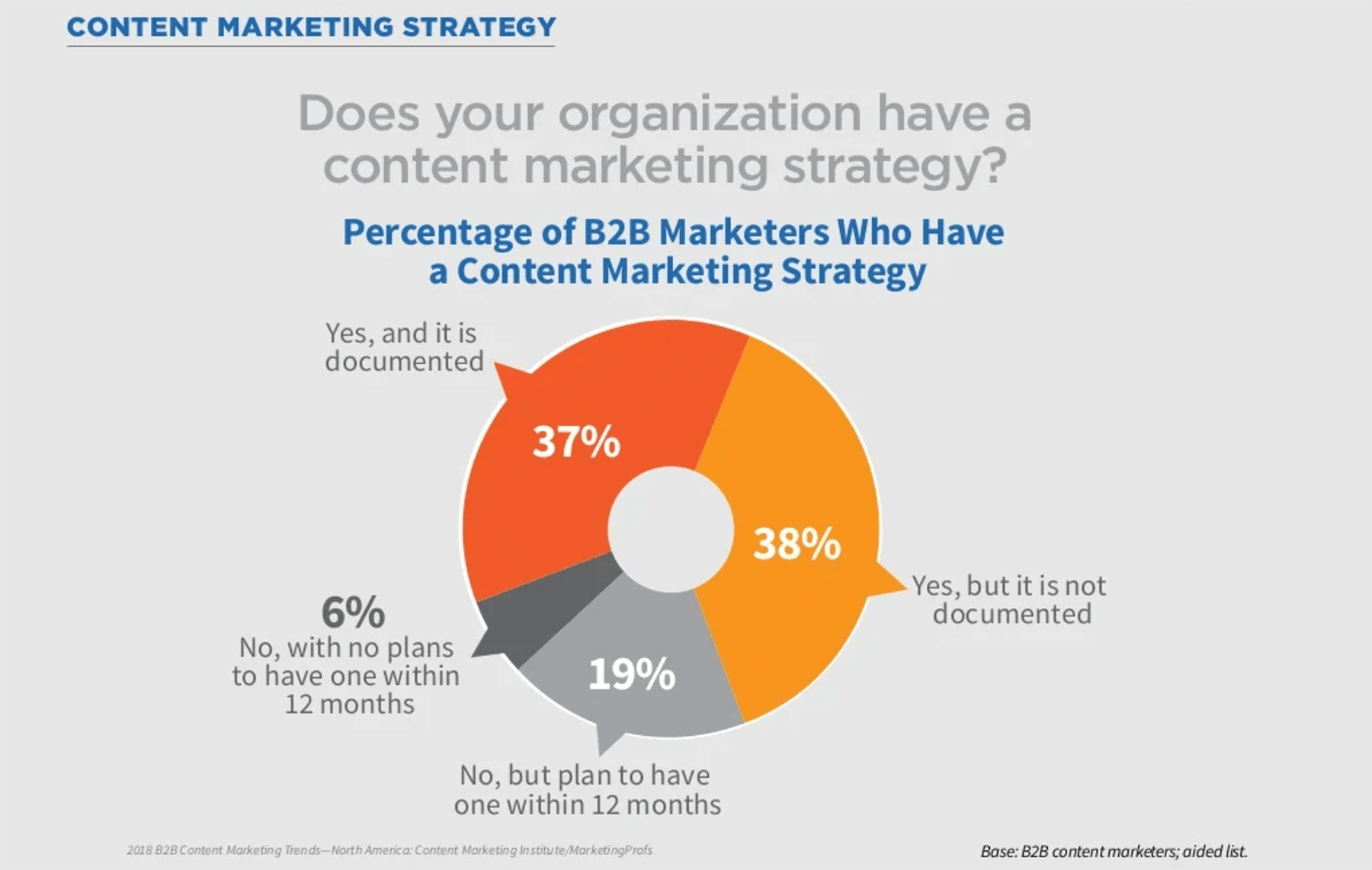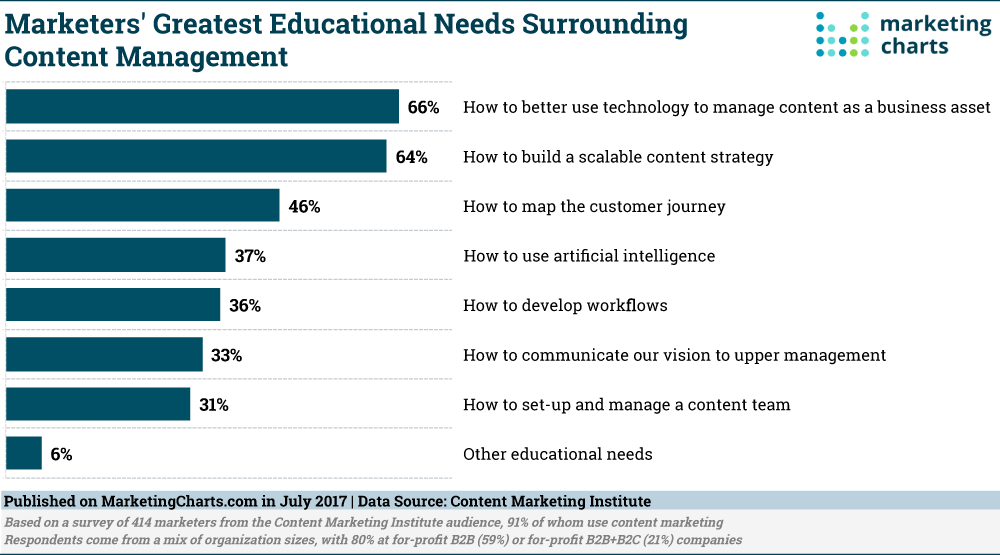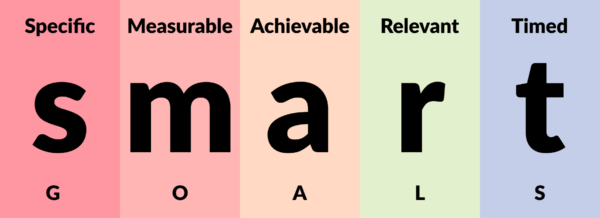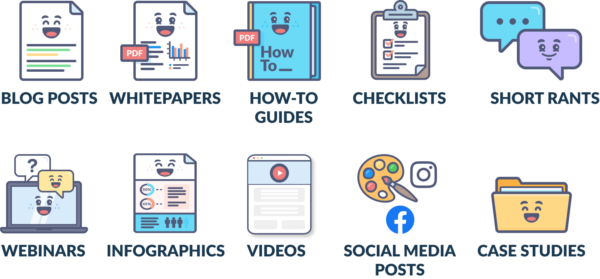As a brand, it becomes more and more difficult for you to get your message across to your targeted audience. Consumers are becoming blind to advertising, and other forms of digital marketing.
They are installing more and more adblockers to skip out on your advertising. Even offline, people are using their DVR to skip advertising on television, or they just ignore advertising in traditional magazines.
As Marc Mathieu from Unilever says: Marketing used to be about making a myth and telling it. Now it’s about telling a truth and sharing it.
Marketing used to be about making a myth and telling it. Now it's about telling a truth and sharing it.Click to TweetSavvy marketers understand that the traditional way of advertising is less and less effective and that there has to be a better way.
Welcome to content marketing.
Content marketing is bigger than ever. And for good reasons:
- companies, with blogs, tend to get 67% more leads than those who don’t have a blog;
- businesses that use content marketing see on average 30% higher growth rates than businesses that are not using content marketing
However, as more and more content gets published, engagement per post declines. So how do you stand out from the crowd? How can you make sure that your consumers notice and read your content? You need a solid content marketing strategy.
Just by defining and documenting your content marketing strategy, you’re already above 63% percent of all businesses (number from 2018, but in 2021 it is still 49% of businesses that don’t have a documented strategy). According to research done by the Content Marketing Institute and MarketingProfs, 63% of companies don’t have a documented content marketing strategy.

In other words, they are just creating content without knowing what works and what doesn’t work. It is like throwing spaghetti against the wall, hoping that something sticks.
It probably isn’t a surprise that companies that DO have a content strategy are most likely to succeed with their content marketing efforts.
Almost the exact same percentage of companies that don’t have a content marketing strategy say that learning how to create their own content marketing strategy is one of their greatest educational needs:

If you’re one of those companies that want to create a content marketing strategy but don’t know where to start. This is your lucky day!
This post will look into the steps necessary to get you off in the correct way by teaching you how to create a content marketing strategy from scratch and give you a head start with your content creation on your competitors!
Table of Contents
What is content marketing?
Let’s first start by talking a little bit about content marketing itself. What exactly is content marketing? According to the content marketing institute, content marketing can be defined as:
“Content marketing is the marketing and business process for creating and distributing relevant and valuable content to attract, acquire, and engage a clearly defined and understood target audience – with the objective of driving profitable customer action.
The goal of any company is to solve a problem that people are having; this can be done via a product or a service, for example. Content marketing is about the same thing that your product or service is trying to solve, only then using content.
Or, as we’d like to say »
« Content marketing is just solving the same problems that your product solves through media you create and promote. »
Content marketing is an ongoing process that is part of your overall marketing strategy, but instead of renting or buying media (advertising space), you own the media.
It’s the art of communicating with your customers and prospects without directly selling to them. Instead of just pitching your products or services, you deliver information that makes your buyers more intelligent. Content marketing is used by even the big players in the world like Unilever, P&G, and Microsoft. However, it’s being used even more and more by small businesses and startups worldwide. Why? Because if correctly executed, it just plain works.
#1 Start with goals
As with everything you do with your business, it begins with setting goals. It’s no use starting to spend a lot of time on content creation if you don’t set any specific content marketing goals.
For some more prominent organizations, settings goals can even be part of the justification process of getting the budget from your executives to start a content marketing program! But of course, it will also help you quantify your results better later on.
Goals can be different for every organization. For you, it might be that you’re trying to grow your audience on one of your social channels like Facebook or maybe increasing your database with email addresses. If you set your goals right from the start, it will help you focus on the types of content you’re creating, which will increase the chances of success.
It’s okay to have multiple goals or key performance indicators.
Every potential customer of your company is somewhere in the Buyer’s Journey. It would be best to try to set goals that direct your readers all the way through their sales cycle. Goals for the awareness stage, the consideration stage, the intention stage, and the conversion stage.
By creating content for all different stages, you can make sure that your audience is moving down through the Buyers Journey all the way to the point of sales.

Try setting your goals the S.M.A.R.T. way. Make them Specific, Measurable, Attainable, Relevant and Time-Based.
#2 Set a baseline
Establishing a baseline will help you in the future to track how you’re getting closer to your goals. Try looking at your current Google Analytics reports, for example, for your website traffic and how that is performing.
Try looking at competitors of yours and do some benchmarking on those. Who are the leaders in your industry? How are they performing?
You can set yourself a set of concrete numbers based on these numbers as part of your goals.
By using a data-driven approach, like this, it is easier to stay committed for the long term. If you can see that you’re making progress it is easier to stay motivated after all!
#3 Who is your target audience
If you’re just starting with your company, it might be challenging to determine who your exact audience is. Begin by creating Buyer Personas around your customers. Buyer Personas are a kind of imaginary persons with a name, a history, and an individual story who have a way of doing things. They are an imaginary repristination of your ideal customers.
The more time you invest in this, the more you create a clearly defined audience for your content production, and the better you can reach your potential customers, by creating relevant content for them.
Using things like Google Analytics and your current presence on social media, you can help make a better definition of your ideal customer. It’s not that difficult, and in the beginning, these are mostly still assumptions. Over time, when you start selling more of your product and attracting more visitors to your site, you can better define your audience.
Defining your audience will also help you to do competitive research, which content channels are they using? Should you create more visual content, by being active on YouTube or Pinterest for example? After all, one of the big content marketing challenges companies are facing is that in the end, they are not attracting any traffic.
Content creation is not enough, in the end, you also want to create social media posts derived from the content on your website to help you to promote your content and drive organic traffic to your website.
#4 Keyword Research
Of course, you know your products and services by heart, but do you know what keywords your buyer personas are using when they search for your product? Keyword research is a vital process in content marketing because by knowing what your audience is searching for, you can determine which items to focus on in your writing. It’s essential to try to find words with high numbers of monthly searches but with low competition.
Using Google’s Keyword Planner, you can determine the « long-tail » keywords and phrases that are more specific to your needs and will get you better traffic results to your site.
For example, if you’re selling classic furniture, it will probably be almost impossible to rank near the top on the organic search for the word « furniture. »
There are dozens of companies out there who sell furniture and compete for that spot (and the smaller the size of your company, the more difficult it is to start ranking for these premium words). But suppose your specialization is in contemporary art-deco furniture, a keyword like « Contemporary Art Deco-influenced semi-circle lounge » is easier for you to rank with and gives you better chances to rank in the top searches for a term like this.
#5 Content types
Now that you know your goals, you’ve set your baseline, and you know your audience and the keywords to use in your content, you should be able to come up with different content types that will help you reach your goals.

There are lots and lots of different content types you can use, for example:
- how to articles
- practical tips
- ebooks/whitepapers
- webinars
- giveaways
- explainer video’s
- helpful applications or tools
- infographics
This list is endless. It all depends on what your goals are to get the right content for your goals. Let’s give three concrete examples to help you on your way.
- If your goal is to increase brand awareness, you want to create content with a broad appeal. Content that helps you show your audience that you’re an expert in your domain and are willing to help, not just people using your product. In this case, you can use video tutorials, case studies, or explainer blog content to explain specific topics like we are doing with this blog post.
- If your goal is to drive traffic to your website, you should focus on creating content that’s easy to find. You can use things like a guest blog post on popular blogs in your industry, email newsletters, SEO optimized blog content on your site, etc.
- If you’re looking for lead generation, you can create landing pages as gated content to white papers and specific guides you created. You can hold webinars or do giveaways on your channels.
As you can see, there are multiple content types you can use to reach your goals for each goal you’ve set for yourself. Try creating a mix to see what works best for you.
#6 Develop a content calendar
Developing all this content can be challenging. Organizing your thoughts can be time-consuming. Coming up with the right ideas to incorporate into all your content week after week can be difficult for many people.
Creating a content calendar for you or your team can help you structure your ideas and bring order to the chaos. With it, you can take a birds-eye view of your content and fill in any gaps. It can help you plan and organize around key events, dates, and launches, for example. As the team grows bigger, it can also help you keep your topics organized and ensure you have enough time to prepare and create your content.
At our agency, User Growth, we noticed this before and created an example content calendar and guide ready for you to use. Feel free to download and adjust it to your needs.
#7 Develop your content
After all the hard work you did up until now, it should be pretty easy to develop your content. Writing and publishing your content can be a bit frightening for many people, though. But don’t be.
Whether you have a content team, multiple content teams, or produce content all by yourself.
Something published but not perfect is better than a perfect post but not published at all. Try to deliver consistent content to your audience.
You can always go back later and make adaptations at a later stage. Here at the Evergreen Content Poster, we make use of Grammarly. English is not our native tongue, and it helps us avoid common grammar mistakes.
When writing, never forget you’re writing for other human beings. Use short paragraphs and try to vary the length of your sentences. You’re probably not going to write a scientific paper. Try to write more like you talk to make the content more easily digestible.
Also, don’t forget to optimize your content for search engines. With 35% of all website traffic coming from organic search, optimizing for search engines is essential when creating any piece of content.
With 35% of all website traffic coming from organic search, optimizing for search engines is essential when creating any piece of contentClick to TweetTry to remember and to use the following acronym Attention Interest Desire Action. We already wrote about that formula in more depth in an earlier blog post because it’s powerful. If you follow that flow in your post, it will make your copy a lot better straight away.
#8 Promote your content
Content creating is only half the battle; the rest is gaining notice. You have to promote your content to help it get noticed. Just writing an article and publishing it is not enough.

You can promote your content on your social channels, your email list. There are lots of different ways to start promoting your content. Where are your Buyer Personas consuming their content? Post it to those websites and services. If you’re struggling to find places, have a look at this list of 33 different ways to promote your content.
#9 Measure
How can you learn if you’re not measuring? In our first step, we set up the goals we want to achieve with our Content Marketing. Using tools like Google Analytics, Facebook Page Insights, Twitter Analytics, etc., you can get a good overview of your efforts. Try to monitor your performance across all the platforms you’re posting to.
Some companies create interactive Excel sheets using Google sheets to combine all metrics; you can go as crazy as you want here. But remember, you can make the most beautiful dashboard to measure your progress, but if you don’t do anything with these metrics, it is all a waste of time. And that brings us to the next point.
#10 Optimise
By looking at your statistics, you can see what (types of) content is working and what is working less. Make this a returning calendar appointment to discuss this with your team.
Like with the Lean Startup’s Build – Measure – Learn loop, you have to Create – Measure – Learn with Content Marketing. Based on the learnings you can get from your measurements, you can optimize your content to have an even more significant impact in the future. By learning, you know what content is working, and you can create more of that content and less of the content that isn’t working in the future.
#11 Eat, Sleep, Create, Repeat
It almost sounds like a catchy pop song 😉 But just because you’ve set your goals once, it doesn’t mean it’s set in stone. Over time everything changes, your ideal customer changes, Google algorithms change, Facebook and Twitter change.
If you want to have success from your content marketing plan and attract leads for your business. You always have to measure and adapt your content marketing. This way, it will always meet the requirements for success today, not yesterday’s requirements.
You always have to measure and adapt your content marketing. This way, it will always meet the requirements for success today, not yesterday’s requirements.
Did we miss something here? How are you implementing a Content Marketing strategy in your company? Any remarks? Please leave them in the comments below.
